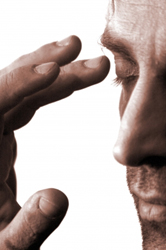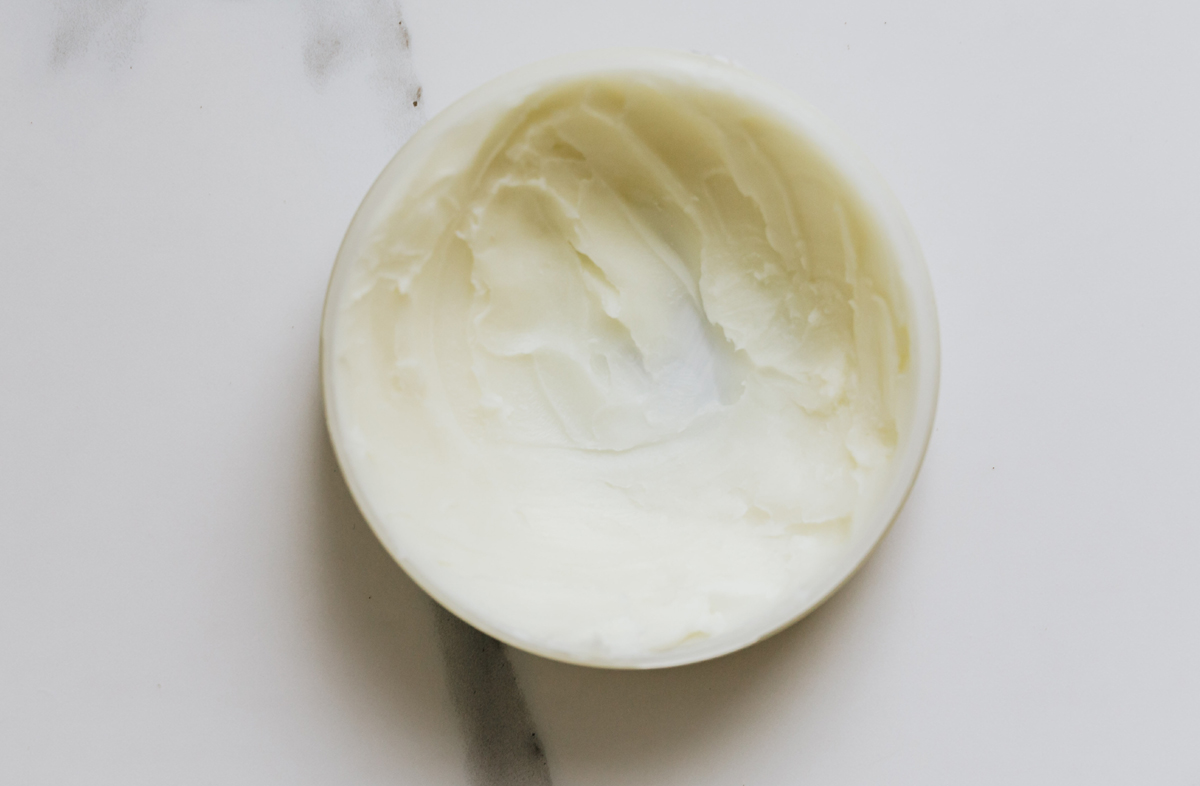First Aid for The Eye

Wear eye protection for all hazardous activities and sports-at school, home, and on the job. Never assume that any eye injury is harmless. When in doubt, see an eye doctor immediately.
Bleeding From The Eye
Trauma to the eye or head may cause bleeding of the eye. If you suspect that the blood is coming from inside or is collecting in the eye, cover the eyes with a clean cloth and go to the nearest emergency room. Be careful not to put any pressure on the eyeball.
Chemical Exposure in The Eyes
If you are wearing contact lenses, remove them immediately. Keeping them in your eyes may hold the chemical against the cornea, causing unnecessary damage and pain. If a contact lens cannot be removed and is still in the eye, begin flushing over the lens immediately. If you suspect chemicals have entered the eye, begin flushing them immediately with cool water and continue to do so for approximately 15 minutes. If an eyewash station is available, use it. If not, a garden hose held vertically so the water is flowing straight up is ideal. If a garden hose is not available, eyes can be flushed under the tap in the kitchen or bathroom sink. If clean running water is not available, you may even flush with any clean, cool, non-irritant liquid, like milk etc.
Keep the eyes of victim open at all times. Flushing with eyes of victim closed does not do anything. Always flush both eyes to avoid washing the object or contamination to the unaffected eye. If using a sink tap, have the victim hold his or her head so that the affected eye is lower than the unaffected eye. If there is still irritation or vision loss after flushing the eyes, take the victim to medical treatment.
Object in The Eye
If you have an object in your eye, do not irritate your eye by rubbing it. You may try to remove the particle if it is not embedded in the eye. Do not try to remove an object yourself that is embedded in the eye. First, wash your hands thoroughly with soap and water. This will prevent further contamination or infection.
You may try flushing the particle out using cool water for as long as necessary. This can be done in a sink, with an outside hose, or a glass of water that is contaminant-free.
If you can see the object, you may try to remove it with a washcloth. Gently lift the upper or lower eyelid, and use a clean, wet washcloth to wipe the object away. If this does not work, seek immediate medical attention.
Impaled Object in The Eye (Retained Intraocular Foreign Body)
An impaled object in the eye can lead to vision loss and disfigurement. Do not put any pressure on the impaled object or the eyeball. Cover both eyes with a bulky dressing, taking care not to put any pressure on either eye. Remember not to put any pressure on the impaled object. Covering both eyes keeps the injured eye from moving and causing more damage. This injury will require surgery, make sure the victim does not eat or drink anything.
Blows to The Eye
Apply a cold compress immediately for 15 minutes and again each hour as needed to reduce pain and swelling. If there is discoloration or blackening of the eye, it could mean internal damage has occurred. See an eye care physician. The so-called black eye is caused by bleeding beneath the skin around the eye. Sometimes a black eye indicates a more extensive injury, even a skull fracture, particularly if the area around both eyes is bruised (raccoon eyes) or if there has been a head injury. Although most black eye injuries aren’t serious, bleeding within the eye, called a hyphema, is serious and can reduce vision and damage the cornea — the clear, protective “window” at the front of the eye. In some cases, abnormally high pressure inside the eyeball (glaucoma) also can result. Retinal evaluation at 2 weeks should also be arranged.
To Take Care of a Black Eye
Using gentle pressure, apply a cold pack or a cloth filled with ice to the area around the eye. Take care not to press on the eye itself. Apply cold as soon as possible after the injury to reduce swelling, and continue using ice or cold packs for 24 to 48 hours.
Be sure there’s no blood within the white and colored parts of the eye. Seek medical attention immediately if you experience vision problems (double vision, blurring), severe pain, or bleeding in the eye or from the nose.
Cuts and Punctures of The Eye
Bandage the eye lightly, and see an eye care physician at once. Do not wash out the eye with water or try to remove an object stuck in the eye.








